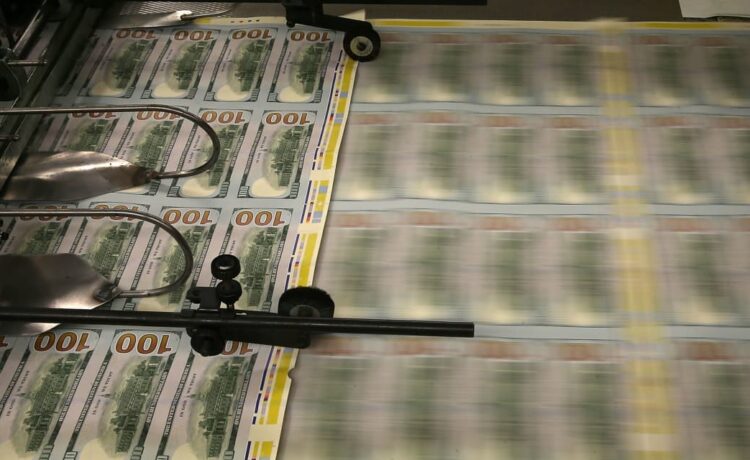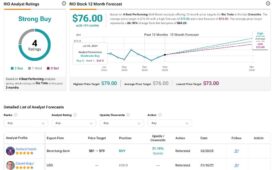Cash rules—again. Wall Street has hit replay plenty of times on this movie. The last time was because of the Fed’s rate hikes. This time, it’s risk aversion.
Almost $47 billion flowed into cash-like and money-market funds last week—the largest inflow in a month, according to
Compare that tidy sum with the just under $11 billion that flowed into stock funds, which is less than half of the weekly equity fund flows when stocks really have the attention of investors.
Flows into money-market funds are on pace to hit over $600 billion for the year, according to Bank of America. Equity flows should reach less than $500 billion this year.
Advertisement – Scroll to Continue
Investors are moving back into cash because they had moved too far into stocks. For Bank of America’s private clients, average cash holdings as a percent of total portfolio dropped to 10% from 13% last year—and below the long-term average cash allocation of just over 12%.
Clients over the past year have used their cash to buy stocks, sending their equity allocation up to just under 63% last week, the highest in roughly three years.
Equity portfolio managers—essentially stockpickers running hedge funds and mutual funds—have behaved the same way. Cash as a percentage of their portfolios was 4% last week, the lowest in roughly three years.
Advertisement – Scroll to Continue
Now, the pros and regular folks are rebalancing into cash again. The fundamental reason is safety. The appeal is obvious: high yields and shelter against the increasingly risky stock market.
Yields on short-term Treasury bills, which are cash-like assets, are roughly 5%. The attractive yields are the upside of a central bank that doesn’t plan to cut rates until inflation starts to inch down again.
That’s why investors want to lock in yields on cash-like investments and reduce their risk from stocks. Higher rates take a while to take full effect on economic growth, which is already slowing down. That puts a limit on the profits that Wall Street will expect from companies.
Advertisement – Scroll to Continue
And current profit forecasts are already more than reflected in the market, with all three major indexes up double digits from their October low points. That makes the indexes vulnerable to declines in the event that the market has to reduce its expectations for corporate profits.
This doesn’t necessarily mean investors plan to dump stocks and plow into cash for an extended period, though they would if an unexpected shock hits stocks.
But they are making sure to tuck some money away in safer assets. And more cash means less stock, which puts a ceiling on market gains.
Cash, indeed, is king—at least for now.
Write to Jacob Sonenshine at [email protected]




